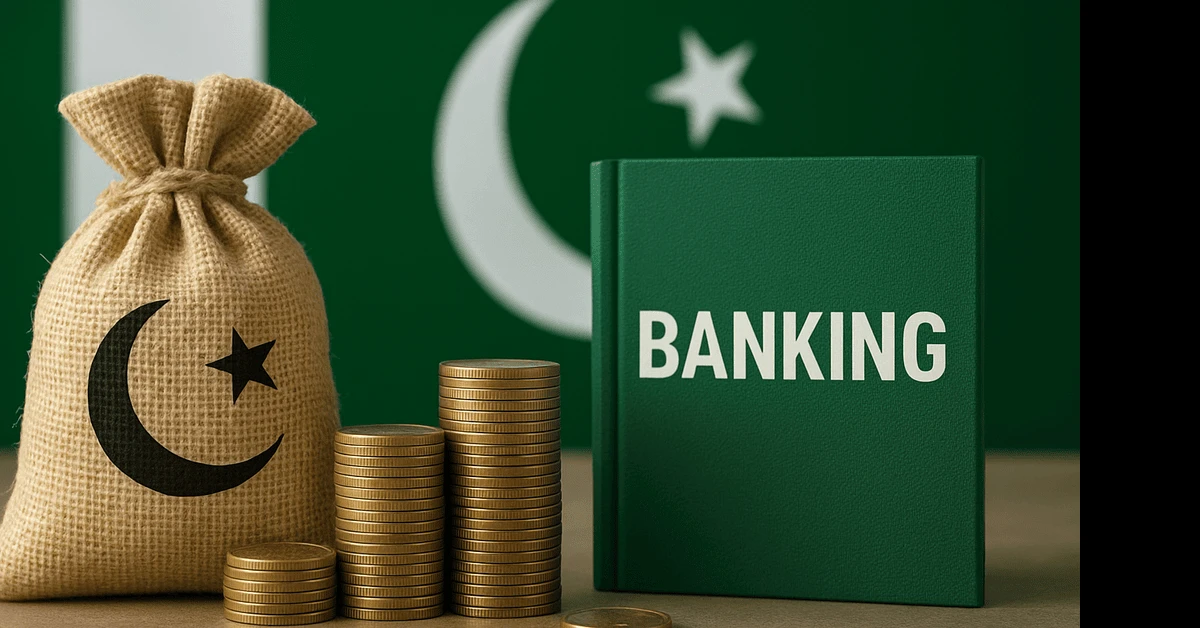Last Updated: July 4, 2025
Trump’s Economic Shockwaves and the Rise of Gold as the Ultimate Safe Haven
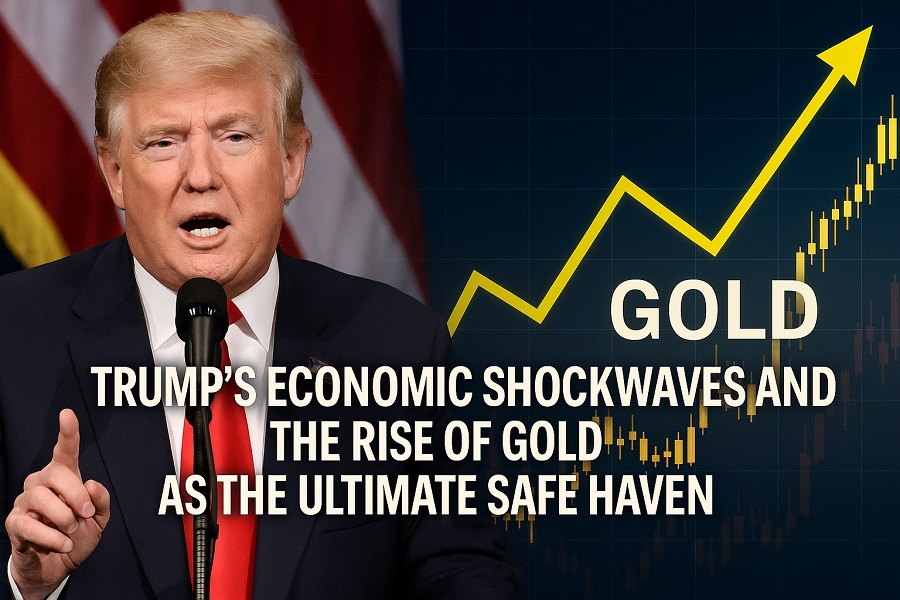
By Leading Reporter
In the world of global economics, uncertainty has always been a prime driver of investor behavior. Few events in the past decade have exemplified this more vividly than the aftermath of former U.S. President Donald Trump's aggressive and unpredictable trade policies. As the global economy staggered under a storm of tariffs, retaliatory sanctions, and a chaotic trade war with China, one asset quietly soared to a record high—gold.
This article explores how Trump's erratic trade strategies led to a historic surge in gold prices. We’ll examine the historical context of gold as a safe-haven asset, compare Trump’s trade decisions to past policy blunders, and look at the ripple effects still being felt in markets today.
Gold: The Eternal Safe Haven
Before diving into Trump-era policy specifics, it's important to understand why gold holds such a central role during times of economic turmoil. Historically, gold has been perceived as a “safe-haven” asset—a financial refuge during war, recession, or political instability. Its value isn’t tied to any government’s credit, which makes it a hedge against inflation, currency devaluation, and systemic risk.
During the 1970s, amid the oil crisis and skyrocketing inflation, gold rose from $35 an ounce to over $800 by 1980. In 2008, during the global financial crisis, gold surged again, peaking around $1,900 in 2011. Now, fast-forward to the Trump presidency—gold prices would again shatter records, thanks to rising economic tensions fueled by Washington's unpredictable trade moves.
The U.S.-China Trade War: A Self-Inflicted Wound
One of Trump’s flagship policy goals was to address what he labeled as “unfair” trade practices by China. While concerns over intellectual property theft and trade imbalances were valid, Trump's methods—namely unilateral tariffs and public saber-rattling—sparked more instability than resolution.
In 2018, the Trump administration imposed sweeping tariffs on over $250 billion worth of Chinese imports. China retaliated, targeting American agriculture, industrial goods, and technology. What followed was a tit-for-tat spiral that disrupted global supply chains and stoked investor fears.
By mid-2019, the World Bank had already slashed global growth projections, citing trade tensions. U.S. manufacturers faced rising costs on raw materials, farmers lost access to major Chinese markets, and companies worldwide held back investment due to uncertain policy direction.
It was during this turbulent backdrop that investors fled to gold. In August 2020, gold prices surged to an all-time high of over $2,070 per ounce—a direct reflection of deepening distrust in Trump’s trade leadership and growing anxiety about long-term economic damage.
Global Reaction to the Trade Turmoil
Other countries were not passive observers. European Union leaders criticized the unpredictability of U.S. economic diplomacy under Trump. Germany, heavily reliant on exports, was particularly vulnerable. Asian markets fluctuated heavily as investors struggled to assess the long-term impact of supply chain decoupling between the U.S. and China.
Even traditional allies like Canada, Mexico, and Japan found themselves on the receiving end of U.S. tariffs. This created diplomatic rifts and reduced trust in America’s reliability as a trade partner. The net effect? Investors worldwide began to hedge against a weakening global order—by buying gold.
Historical Echoes: Nixon and the Gold Standard
To better understand Trump’s impact, it helps to look at another Republican president who drastically altered U.S. trade and monetary policy—Richard Nixon. In 1971, Nixon took the U.S. off the gold standard, ending the Bretton Woods system. This move effectively decoupled the dollar from gold, causing a decade of inflation and currency devaluation.
Much like Trump, Nixon’s decision was driven by political motives rather than economic foresight. Though short-term benefits followed, long-term consequences destabilized global markets. Trump’s tariff-first approach, similarly, ignored complex interdependencies in the global economy, opting instead for headline-grabbing moves that rattled confidence.
The Fed's Response and Dollar Weakness
As Trump's trade war escalated, the U.S. Federal Reserve found itself in a difficult position. Tariff-driven price increases mimicked inflation, while global uncertainty threatened recession. The Fed, in a bid to stabilize markets, cut interest rates three times in 2019. Lower rates make gold more attractive by reducing the opportunity cost of holding non-yielding assets.
Meanwhile, Trump's public attacks on the Fed created further volatility. Investors found themselves unable to rely on traditional economic signals. The U.S. dollar weakened, which again made gold—priced in dollars—more appealing to foreign buyers.
Market Psychology: When Chaos Becomes Currency
By 2020, the psychological impact of Trump’s trade policy was profound. Markets no longer reacted just to economic fundamentals but to presidential tweets. One day, the U.S. and China were “close to a deal.” The next, talks had “broken down.” This whiplash narrative fueled a sustained appetite for gold, as investors sought to insulate themselves from irrational policymaking.
Gold ETFs (Exchange Traded Funds) saw record inflows. Central banks, especially in emerging markets, diversified their reserves. From individual investors to institutional giants, everyone seemed to agree: gold was the only reliable constant amid the noise of Trumpian unpredictability.
COVID-19: The Final Push
Although the COVID-19 pandemic played a significant role in the 2020 gold rally, it’s important to understand that gold’s surge had already begun in 2019 due to Trump’s trade chaos. The pandemic acted as an accelerant, not the root cause.
As global lockdowns froze commerce, disrupted supply chains, and shuttered major industries, international trade volumes plummeted. The World Trade Organization reported a 9.2% decline in global merchandise trade in 2020. Amid this near-total economic freeze, governments unleashed unprecedented stimulus packages and central banks lowered interest rates to near zero.
These actions created widespread concerns about future inflation and currency devaluation—two conditions in which gold thrives. Investors, unsure of how long the pandemic-induced chaos would last, turned to the oldest asset in the book: gold. By mid-2020, its value skyrocketed, breaking records set during previous crises.
Economic Fallout and Business Sentiment
Post-Trump, many business leaders voiced concerns over the long-term consequences of his trade strategy. Tesla, Apple, and other global giants saw costs increase due to supply chain reconfigurations. A report from the U.S. Chamber of Commerce estimated that the trade war cost U.S. companies billions in lost sales and higher production costs.
Even more troubling was the loss of market share in key international sectors. While American businesses reeled from trade restrictions, competitors in Europe and Asia stepped in to fill the void in Chinese markets. America's self-inflicted retreat left an opening others were quick to exploit.
Expert Opinions on Gold's Ascent
Financial experts were quick to correlate Trump’s actions with gold’s rise. Goldman Sachs analysts stated in 2020 that “unprecedented policy uncertainty and economic disruption” were the primary drivers of the metal’s surge. Meanwhile, veteran investor Ray Dalio argued that gold’s strength reflected deeper doubts about political stability and institutional competence in the U.S.
Economists from Harvard and Yale also noted that market movements under Trump were unusually sensitive to non-economic variables like tweets, executive orders, and offhand comments—phenomena rarely seen with such intensity in prior administrations.
Conclusion: Fool’s Gold or Warning Bell?
Donald Trump promised to "make America great again" through tough trade policies. But what unfolded instead was a global shakeup that helped catapult gold to historic highs. As investors grappled with uncertainty, they turned to the one asset that has outlasted empires, presidents, and pandemics—gold.
History teaches us that the economy doesn’t react well to confusion. Markets crave clarity and consistency. Trump’s presidency brought the opposite. While some cheered his confrontational style, the gold market told another story: one of rising fear, declining trust, and the search for safe ground.
In the end, Trump may have hoped to reshape trade in America’s favor. But in doing so, he inadvertently reinforced the oldest lesson in economics: when leaders gamble with policy, gold always wins.
Sources:
- World Bank Global Economic Prospects (2019-2020)
- Peterson Institute for International Economics reports on U.S.-China trade impact
- U.S. Federal Reserve statements and interest rate decisions (2018-2020)
- Historical gold price data from World Gold Council
- WTO Annual Reports and COVID-19 Trade Outlook (2020)
- U.S. Chamber of Commerce: Trade War Economic Impact Study
- Goldman Sachs, Ray Dalio, and Harvard economics commentary (2020)
You May Also Like:
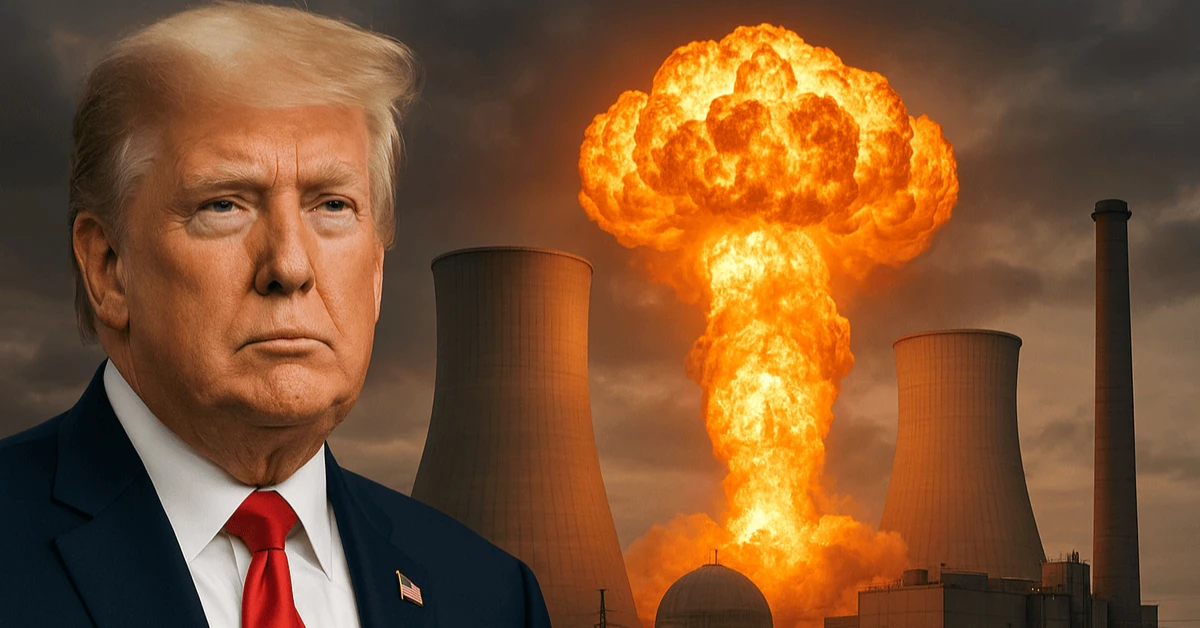
Trump’s Nuclear Allegations: China, Russia, Pakistan & What It Means...

The Ultimate GOAT List in Women’s Sports...

This AI Just Took Over a Job You Thought Was Safe — Is Yours Next?...

Pakistani Monsoon Flood Crisis 2025: Current Impact, What to Expect & How to Stay Safe...
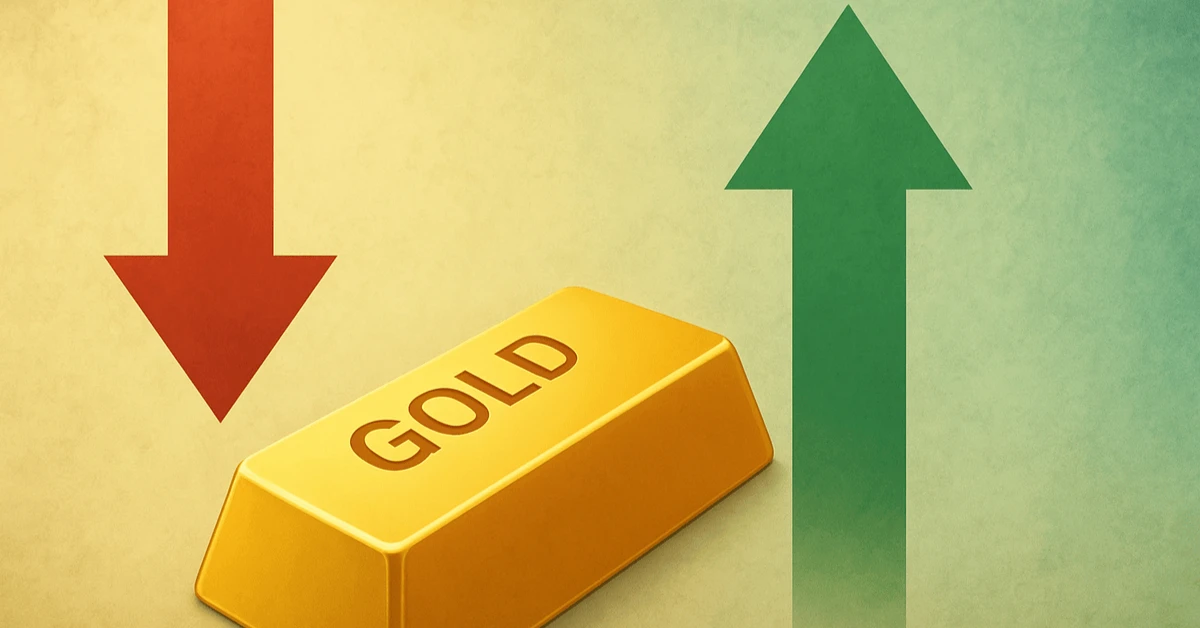
Will Gold Hit the Ground Further or Will It Hit the Sky Again with a Harsh Stroke?...
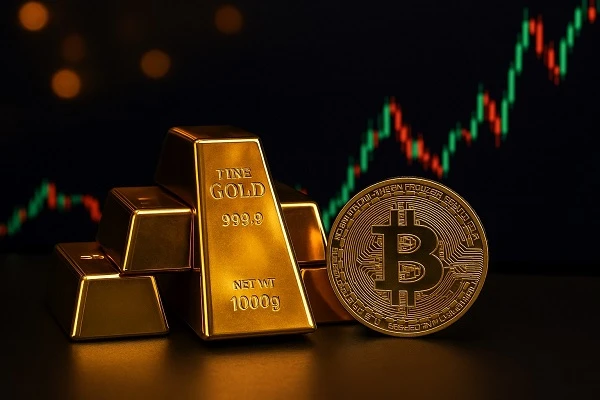
Why Gold is the New Bitcoin in 2025...
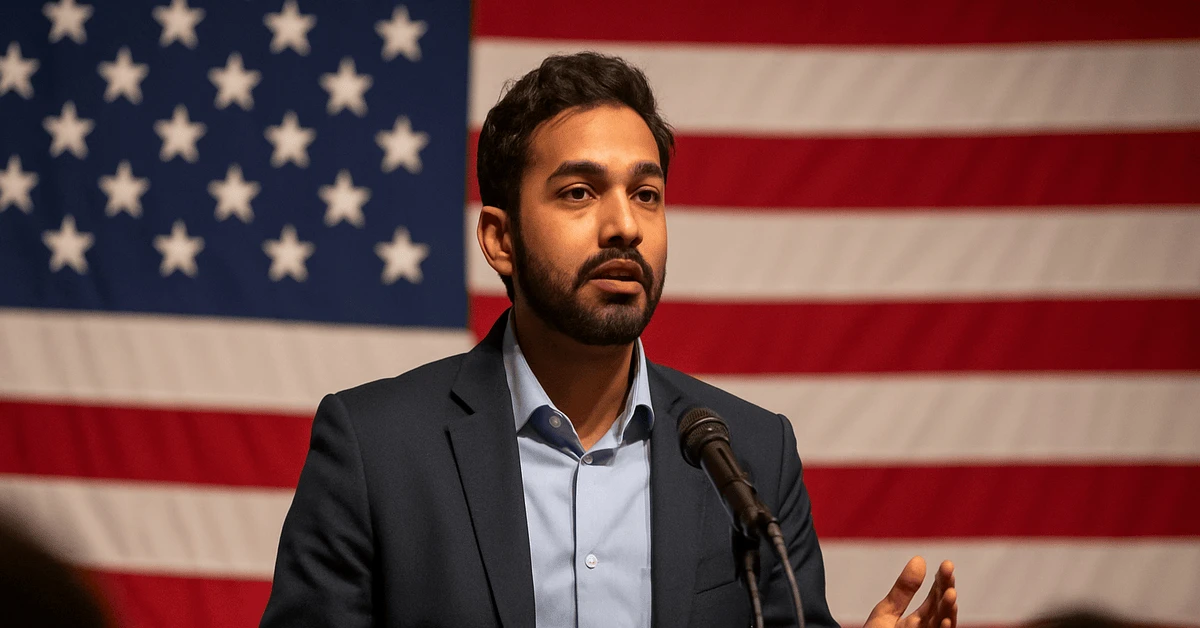
Zohran Mamdani’s Viral Rise: How a New York Lawmaker Sparked Global Debate on Identity and Politic...
